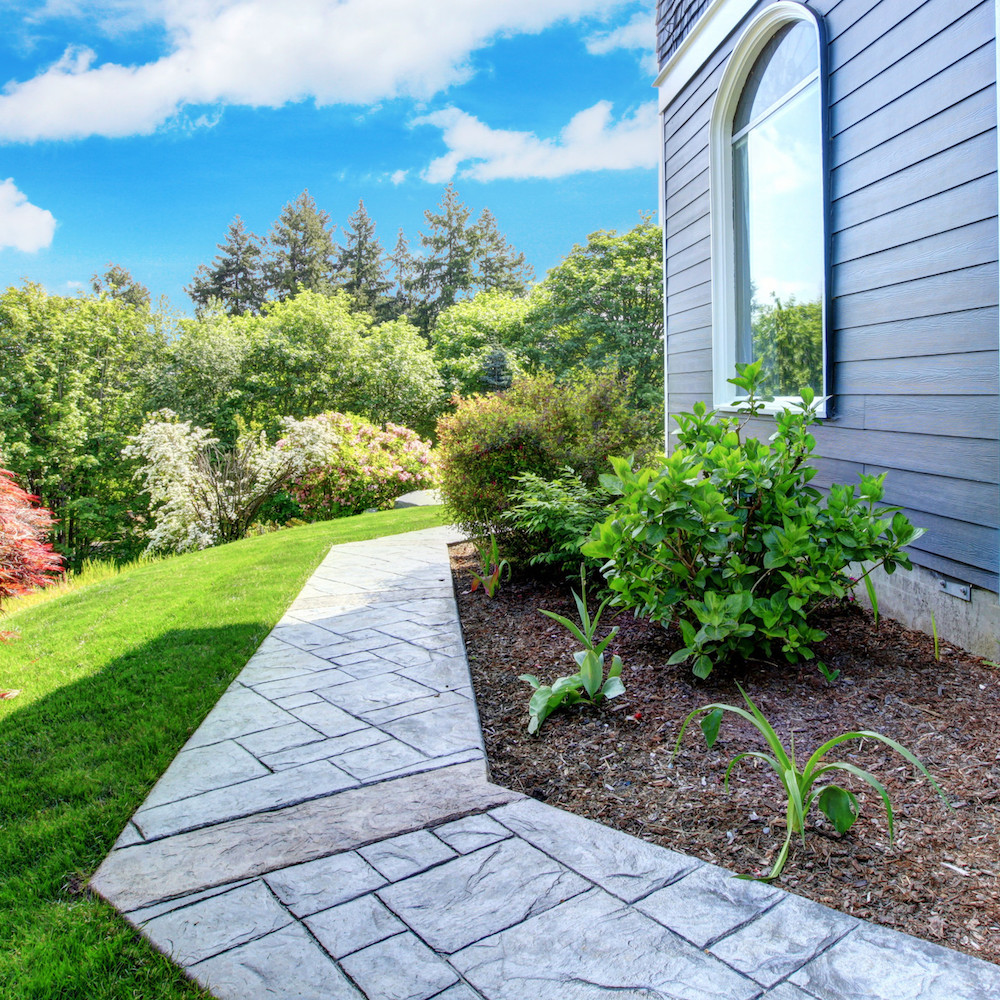Can Good Landscape Design Reduce Maintenance Costs?
In this blog, we will discuss how good landscape design can make your yard easier and cheaper to maintain.
What Is Landscape Design?
The planning and construction of outdoor areas, including patios, lawns, and gardens, is known as landscape design. It entails deciding where to put trees, plants, walkways, and other elements to make everything blend in and look good.
A good Fairfax Landscape Design isn’t just about beauty — it’s also about making your yard practical and easy to care for. It helps reduce unnecessary work, saves water, and keeps your space healthy and well-balanced.
Why Maintenance Costs Add Up
Many homeowners think yard care is simple, but small tasks can quickly turn into big expenses. Frequent lawn mowing, watering, trimming bushes, and removing weeds all take time and money.
If your garden or lawn isn’t planned properly, you may end up using more water, buying more fertilizer, and needing more lawn mowing service visits. Poorly placed plants or uneven areas can also cause drainage problems, leading to additional repairs.
That’s why good landscape design is so important — it helps you avoid unnecessary spending from the start.
How Good Landscape Design Saves Money
Here’s how a smart and thoughtful landscape design can help lower your maintenance costs:
1. Reducing the Lawn Area
Lawns are beautiful, but they require regular mowing, watering, and care. Each time you call a Lawn Mowing Service Chantilly VA, it adds to your cost. A large lawn means more work, more fuel, and more money.
A good landscape design reduces the size of your lawn by adding flower beds, stone pathways, or gravel areas. This not only makes your yard look more stylish but also cuts down the time and money spent on lawn mowing.
Smaller lawns are easier to manage and need fewer resources.
2. Using Mulch to Keep Soil Healthy
Adding mulch (a layer of wood chips or leaves) around your plants is another smart idea in landscape design. Mulch helps the soil hold moisture for longer, so you don’t need to water as often. It also prevents weeds from growing, saving you time and effort.
Mulching also adds beauty to your garden while reducing maintenance costs.
3. Proper Placement of Trees and Shrubs
Good landscape design also involves placing trees and shrubs in the right spots. For example, planting trees near windows can provide shade, which keeps your home cooler in summer. This reduces your electricity bill because you won’t need to run the air conditioner as much.
When trees and shrubs are planted properly, they also protect your lawn and flowers from harsh sunlight and strong winds. This helps plants stay healthy naturally without extra care.
4. Low-Maintenance Ground Covers
Instead of grass in every corner, you can use low-maintenance ground covers like clover, ivy, or decorative gravel. These options grow slowly, need less mowing, and still look great.
By including them in your landscape design, you reduce the frequency of lawn mowing while keeping your outdoor space fresh and green.
5. Using Hardscaping Features
Hardscaping is adding non-plant elements such as stones, patios, or walkways to your yard. These not only add beauty but also reduce maintenance.
When you replace part of your lawn with paving stones or a small sitting area, you spend less time and money on lawn mowing and watering. Hardscaping features are long-lasting and easy to clean, saving you more in the long run.
How Lawn Mowing Service Works with Landscape Design
Even with a smart landscape design, you’ll still need Lawn Mowing Manassas VA to keep your yard looking tidy. But because good design reduces the lawn area and improves growth balance, you’ll need to mow less often.
A professional lawn mowing service helps you maintain the ideal height for your grass, keeping it healthy and green. When combined with efficient landscape planning, mowing becomes simpler and cheaper.
Examples of Smart Design Choices
Here are a few small changes that make a big difference in saving money:
Use drought-resistant plants, such as succulents, that need less water.
Replace large grassy areas with decorative gravel or stone paths.
Plant trees that give shade to your house and garden.
Add mulch around plants to stop weeds and keep the soil moist.
Install a rainwater collection system to use natural water for your garden.
Each of these steps helps reduce time, effort, and cost.



Comments
Post a Comment